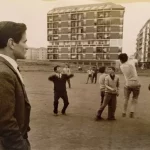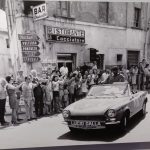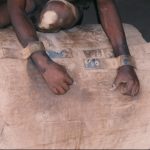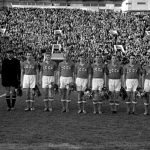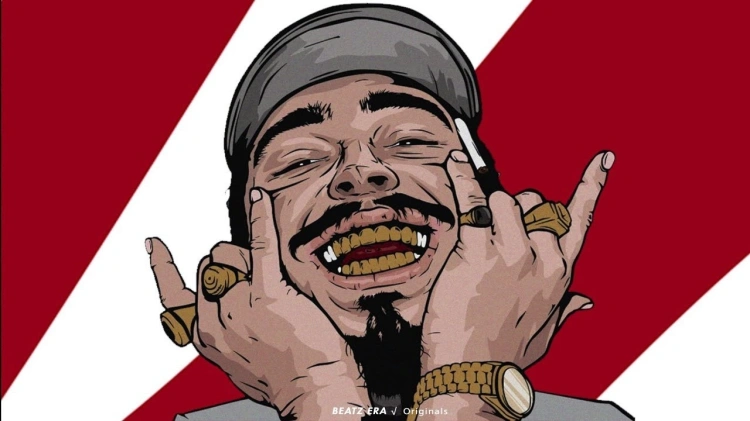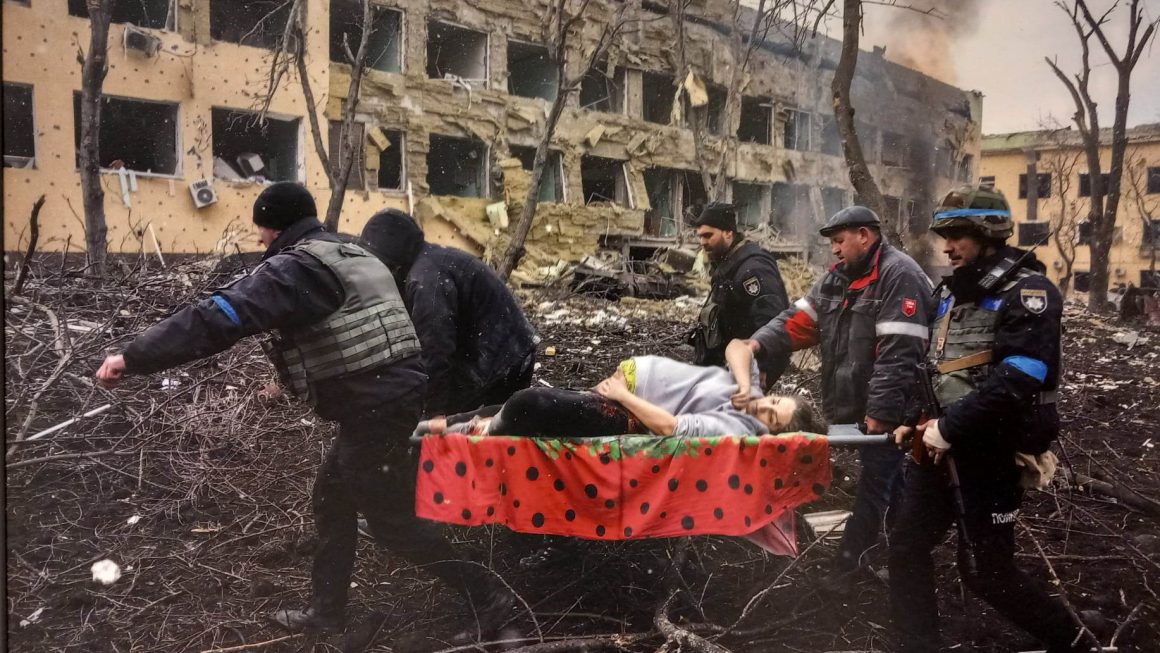In Brazil soccer is way more than just a sport. It’s unconditional partecipation, faith and sometimes a reason for living. And, as sometimes happens all around the world, a reason for dying. What happened in the World Cup played in their homeland in 1950, luckily, is unparalleled in the history of this competition. 90 certified deaths between suicides and heart attacks, due to the emotional charge of the final against Uruguay. That means that the outcome could have been worse, considering the dimension and the underdevelopment of that Country at that time.
Let’s start from the beginning. The fourth World Cup, the first post-World War II, is assigned to Brazil, which has still no victories. In 1930 they are eliminated by Jugoslavia in the first tournament, four years later they’re off in the same stage, but because of Spain. A little better in 1938, when Italy, the future champion, beats the brazilians in semifinal. After the “pause” for the WWII, comes an occasion not to be missed. To amplify the motivation given from supporters, the organizers decide to build a new stadium, the Mario Filho, better known as Maracanà, from the name of a species of parrot that lives in the area.
Soccer is starting to show its economic potential, so FIFA, the international federation, changes the formula of the World Cup. The previous editions started directly from playoffs, now the national teams are divided in groups to qualify for the final stage, another division with four teams which will face each other, the first of the league table is the world champion. More matches, more cash, even though, theoretically, there’s no the fascinating final game – this complex solution lasted only this World Cup. But destiny has its ways, and the last match, Brazil-Uruguay, is between the first and the second. So, actually, is like a final.
The odds are all for the home team. Brazil is ahead in the rank, so it can afford a draw; it has an impressive score, 7-1 against Sweden, 6-1 against Spain, Ademir is the best striker with 5 goals; plus, there’s Maracanà, with its capacity of about 150 thousands people which was probably exceeded, ready to push their idols to the achievement. On the opposite side there’s Uruguay, that struggled with Spain (2-2) and Sweden (3-2), but it’s solid, expert, and already has a World Cup in its showcase, the one of 1930. Being one point under Brazil, Uruguay has no other option than winning, but everybody think about an honorable second place.

July 16th, 3 pm, the kick-off. The evolution of the match is paradoxical. Brazil attacks with no logic, forgetting that can also have a tie. La Celeste, on the other hand, waits in its half court, relying on counterattacks. At halftime is still 0-0, only 45 minutes separate the home team from their first international trophy. After two minutes of the second half Brazil takes the lead, with Friaça scoring 1-0. Game over for Uruguay? Not at all.
The about 200 thousands supporters are like in a state of divine trance, they want more and more goals. And so the players. Uruguay can’t change the way is playing, make its best to resist and it does using the brain. They take advantage of the space Brazil left, as even the difenders were looking for some glory. Two deadly counterattacks, two goals with Schiaffino and Ghiggia. Score and History are overturned, David defeats Goliath.
But behind a fantastic endeavour there’s the drama. According to the chronicles, after the final whistle of the referee, the brazilians didn’t realize what really happened, with the same mental mechanism that doesn’t make process griev. The shock was so unbearable that caused all those deaths, some inside the stadium: dozens of seizures and a couple persons that throwed themselves from the bleachers.
It’s hard for Uruguay to celebrate in such an unreal atmosphere. While everyone is happy in Montevideo, the players almost feel guilty for the pain they “caused” to an entire Nation. There’s no award ceremony, also because the federation was so sure that Brazil would have won that had no Uruguayan flag nor anthem. A quick handshake, the consignment of the cup and everybody home. Maybe in a while the champions would have risked to face a lynch mob.

The incredible result of Uruguay ends subordinated to the drama, but the players deserve the proper honor. Ghiggia and Schiaffino, the scorers, but most of all the captain Obdulio Varela, the dam who fronted the brazilian flood, with a grit even more important than talent, in that specific game. It’s too bad that a symbol of iron will like Varela ended up in misery, as an illegal valet devasted by alcohol. Soccer at that time didn’t make players rich. It gave them fame, sure, but not much money.
1950 was a break. From the deepest abyss of defeat, out of proportion for those who live soccer in a “normal” way (it depends on what’s normal, for Brazilians of that time, their reaction was normal), would have born a new word and a legend.
Maracanaço started to mean “loss against all odds”. Brazil even changed its uniform, the white one was bad luck. Better use the colors of the flag, green, blue and yellow. From the ashes of 1950, the greatest National of all time came up and thanks to soccer gods like Pelè, Garrincha, Romario, Bebeto, Ronaldo and more, Brazil will become the most successful team, with 5 World Cup won. And most of all an undisputed synonymous of quality.












